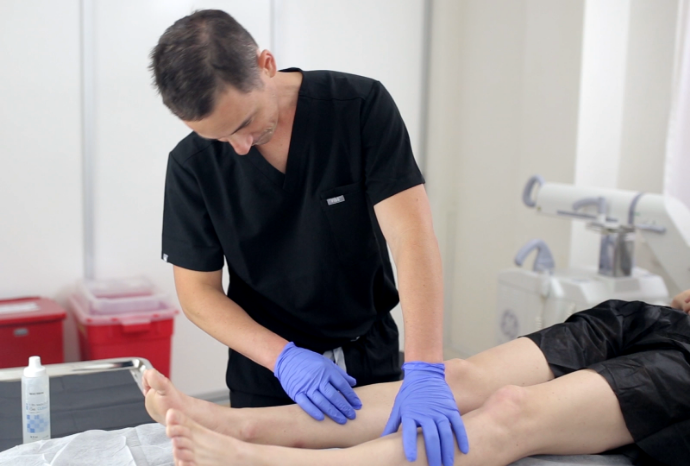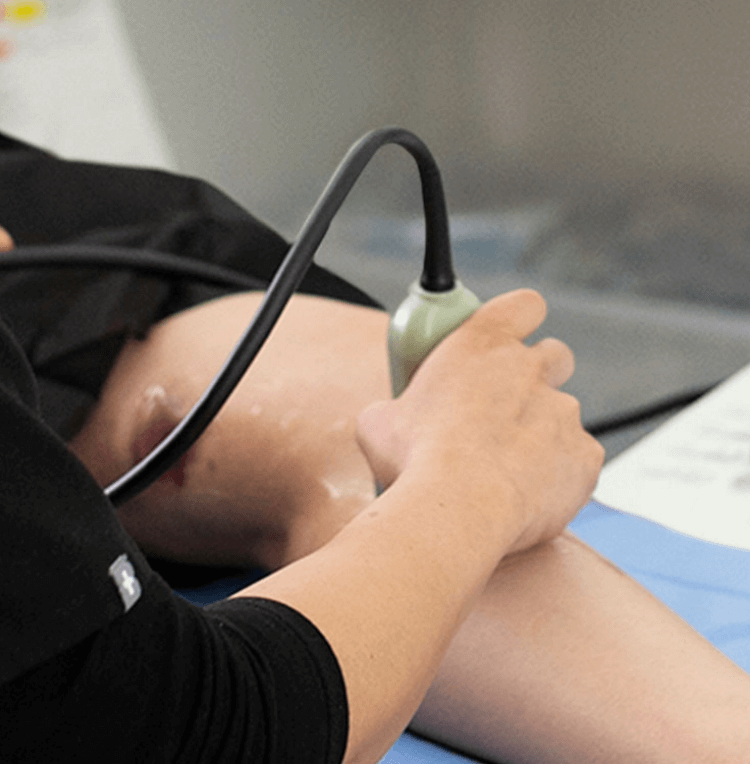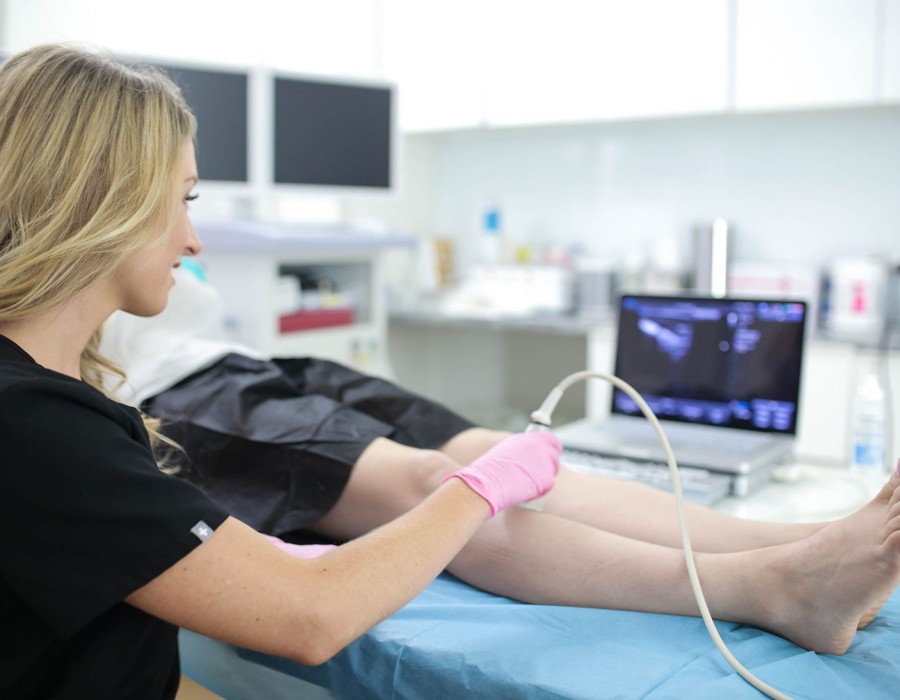Consideration of receiving medical treatment is frequently at the top of the list for many individuals experiencing the symptoms of varicose veins. Varicose veins can be treated with various cutting-edge techniques, such as VenaSeal, radiofrequency ablation, endovenous laser ablation (EVLA), and ultrasound-guided sclerotherapy.
But the questions we need to know are, "Will your varicose veins disappear permanently if you choose to have these treatments? Do Spider Veins Come Back After Laser Treatment? Your physician will look closer at the treatments and their outcomes to respond to this.
When Recurring Varicose Veins
If your varicose veins have resurfaced after receiving a treatment intended to address the problematic areas permanently, there are specific causes we need to take into account.
Factors Related to Patients
After undergoing various treatments, your family history and other genetic variables may influence the recurrence of varicose veins. Why do you have varicose veins? Patients with varicose and spider veins have been found to have a strong family history, even though the real reasons are still unknown.

The following factors could also cause your varicose veins:
- Varicose veins afflict up to 30% of adults, including men and women. However, compared to men, women may experience them sooner in life.
- Hormone fluctuations are particularly prevalent in women during menopause, puberty, and pregnancy.
- Being overweight
- Inability to move
- Jobs that need years of standing up
- Prior history of leg injuries, such as venous thrombosis
A long-term management strategy is necessary for patients who fit into any of these categories and are experiencing recurrent varicose veins to track the development of more abnormal veins. This could entail routine clinical exams, ultrasonography, and planned therapies to assist in managing the issue and regain control over the symptoms.
Factors Related to the Doctor and Treatment
Regretfully, erroneous treatment for varicose veins can result from a faulty diagnostic, just like anything about our bodies. New veins reappear due to this (or the current veins continue to develop). Before having any more vein-related procedures done, speak with the professionals. See a phlebologist skilled in identifying and managing various vein illnesses.

Traditional surgery is another significant element that may contribute to the apparent growth of additional veins. It is generally known that post-surgical recurrence occurs and that it can be adequately treated with a mix of sclerotherapy, adhesive, and laser treatments.
For instance, patients will often experience neovascularization (new blood vessel growth) in and around the groin area after high ligation and stripping of the great saphenous vein. This typically involves the pelvic varicose veins and the lymph node venous network.
- Excellent and exact ultrasound-guided injection techniques are necessary for vulval veins to guarantee proper sclerosant solution placement and help permanently seal these veins off.
- Thorough post-treatment monitoring to guarantee the treated veins close permanently and to look for any recurrence or residual veins.
- Using precise ultrasound scanning to identify and map the injured veins.
- Ultrasound-guided medical adhesive closure, cautious ultrasound-guided sclerotherapy, and occasionally endovenous laser ablation.
In summary
After reading the article, you better understand spider veins and how they relate to medical conditions. You also know whether spider veins recur after laser treatment. However, what does a vein clinic do? Leg ulcers, spider veins, varicose veins, deep vein thrombosis, and chronic venous insufficiency are just a few of the vein conditions a vein clinic may evaluate and treat.






Comments